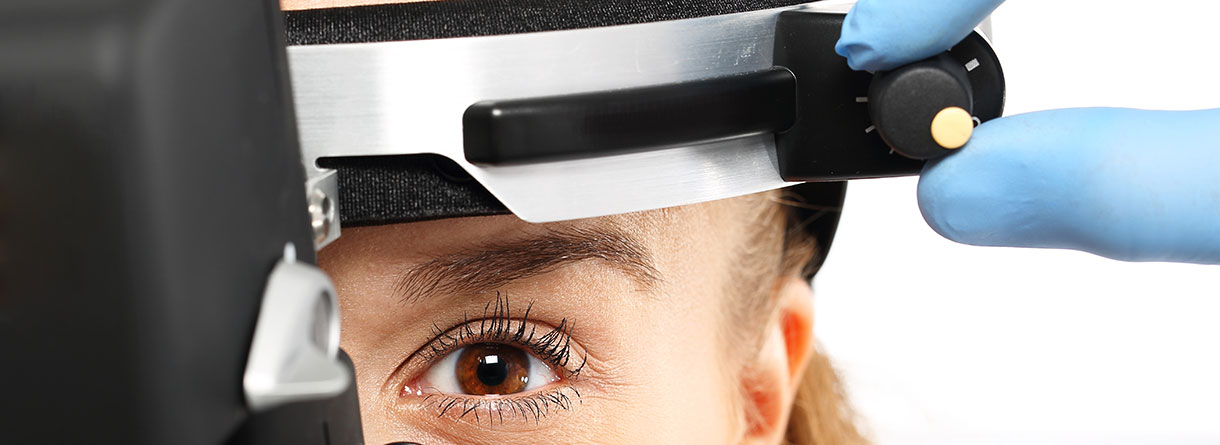Choroidal neovascularization (CNV)
| Definition | Age-related Macular Disease (AMD) is a leading cause of severe and irreversible central vision loss in the developed world among people older than 55. Up to 90% of this vision loss is caused by Choroidal Neovascularisation (CNV), that can develop secondarily to AMD. The main characteristic of CNV is the formation of new blood vessels in the choroid layer of the eye. These vessels break through the Bruch membrane into the sub–retinal pigment epithelium (sub-RPE) or subretinal space and cause edema and swelling due to fluid leakage. |
|---|---|
| Clinical Symptoms | Morphologic changes cause a sudden, painless deterioration of central vision. Other symptoms of CNV include colour disturbances or metamorphopsia (straight lines appear bent, crooked or irregular). Blank spots may manifest predominantly in the area of central vision (central scotoma), and objects may appear to have different sizes for each eye. |
| Diagnosis and Examinations | Diagnosis starts with Fundus examination, in which possible signs of CNV (e.g. edema) can already be recognised by the eye of the examiner. Additional Imaging modalities help to settle the diagnosis. These include: · Fluorescein angiography (FA) · Indocyanine green (ICG) angiography · Optical Coherence Tomography (OCT) · Optical coherence tomography angiography (OCTA) |
| Prevention and Treatment | The current state of the art treatment is an intravitreal anti-VEGF (Anti-Vascular-Endothelial-Growth-Factor) therapy. It helps to antagonise angiogenesis and increased vascular permeability, as well as diminish the accumulation of subretinal fluid (edema). The therapy involves a number of continuous intravitreal injections and will be closely monitored through regular imaging and ophthalmic examinations. |


